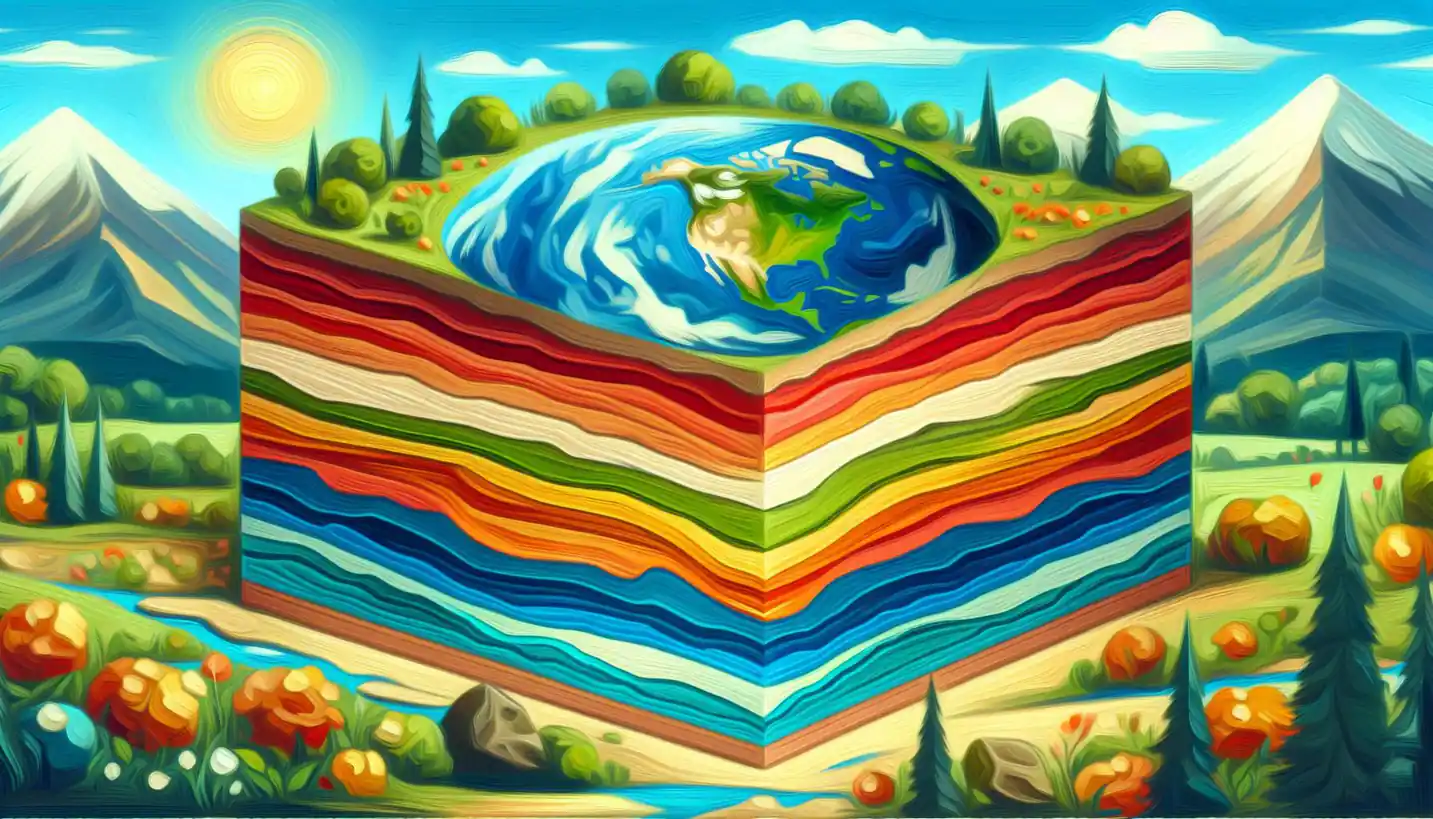· Geography · 4 min read
Disturbance Regimes: Nature's Unseen Architects
Disturbance regimes are nature's architects, influencing renewal and change in landscapes. Discover their role in shaping ecological processes.

When you look out at a forest, a desert, or even a grassland, you might see them as static, timeless landscapes. But in the world of landscape ecology, these areas are anything but unchanging. Have you ever wondered what keeps these ecosystems alive and thriving? The answer lies in a fascinating concept known as disturbance regimes.
What Are Disturbance Regimes?
Let’s start with the basics. A disturbance regime refers to the pattern, frequency, and scale of disturbances affecting an ecosystem over time. These disturbances can be anything from wildfires, storms, and floods to human activities like logging or farming. Think of them as nature’s way of shaking things up, much like how a periodic cleaning can keep your room from becoming too cluttered and stagnant.
Natural vs. Human-Induced Disturbances
Nature itself plays a significant role in shaping landscapes. For instance, forest fires, often thought of as purely destructive, are crucial for certain tree species to thrive. Some trees actually need the intense heat to open their seeds! On the flip side, human activities, like deforestation and urban development, can disrupt these natural patterns, sometimes with harmful effects.
The Role of Disturbance Regimes in Ecosystems
Why do ecosystems need these disturbances at all? Well, without them, landscapes can become too uniform, reducing biodiversity. Imagine if every book on your shelf was the same—boring, right? Disturbances create a patchwork of habitats, each at different stages of recovery. This variety allows numerous species to find their niche, supporting a richer and more resilient ecosystem.
Biodiversity Boosters
In areas prone to regular disturbances, such as grasslands that experience frequent fires, you’ll find a high level of biodiversity. These areas constantly regenerate and provide opportunities for different plants and animals to flourish. The cycle of disturbance and recovery creates dynamic environments that encourage life.
Stories from Nature: How Disturbance Regimes Shape Landscapes
Throughout history, disturbances have sculpted iconic landscapes. Take the Yellowstone National Park. In 1988, a massive wildfire swept through, drastically altering the ecosystem. Initially, it seemed catastrophic, but over the years, scientists observed a remarkable transformation. The fire cleared old growth, making way for a diverse range of plants to grow, which in turn supported new animal species. It’s like a forest getting a fresh start, rejuvenated and full of potential.
Coral Reefs: A Different Kind of Disturbance
Not all disturbances happen on land. Coral reefs, for instance, are shaped by events like hurricanes and temperature changes. These disturbances can break apart sections of the reef, allowing new corals to establish themselves. While some coral damage is natural and can lead to regrowth, human-induced stressors, like pollution and overfishing, can push reefs past their tipping points.
The Importance of Understanding Disturbance Regimes
Recognizing and understanding disturbance regimes is crucial, especially in today’s world where human impact is so prominent. By studying these patterns, scientists can better predict how ecosystems will respond to changes, whether natural or man-made.
Climate Change and Disturbance Patterns
With climate change altering the intensity and frequency of natural disturbances, understanding these regimes becomes even more critical. For example, if a region starts experiencing more intense storms or longer droughts, the existing disturbance regime might shift, impacting everything from plant growth to animal migrations.
How Humans Can Work with Nature
One of the key lessons from understanding disturbance regimes is learning how to work with, rather than against, these natural processes. This might involve controlled burns to mimic natural fire cycles or managing land use to allow ecosystems to recover naturally after disturbances.
Conservation Strategies
By aligning conservation strategies with natural disturbance regimes, we can create more effective plans that support biodiversity. In some cases, this could mean allowing certain areas to remain wild and undisturbed, giving them the chance to recover and sustain themselves.
Questions for the Curious
As we explore the concept of disturbance regimes, several questions arise. How do specific disturbances influence the long-term health of an ecosystem? What lessons can we learn from traditional land management practices that have recognized the importance of these natural patterns? And critically, how can we shape our actions today to ensure the resilience of our planet’s diverse ecosystems for future generations?
Disturbance regimes remind us that change, often seen as destructive, is a vital part of nature’s cycle. By embracing these processes, we can better appreciate the complexity and beauty of the world around us, ensuring that these landscapes continue to thrive for years to come.



